Home>Garden Essentials>How To Make A Fake Grass Wall
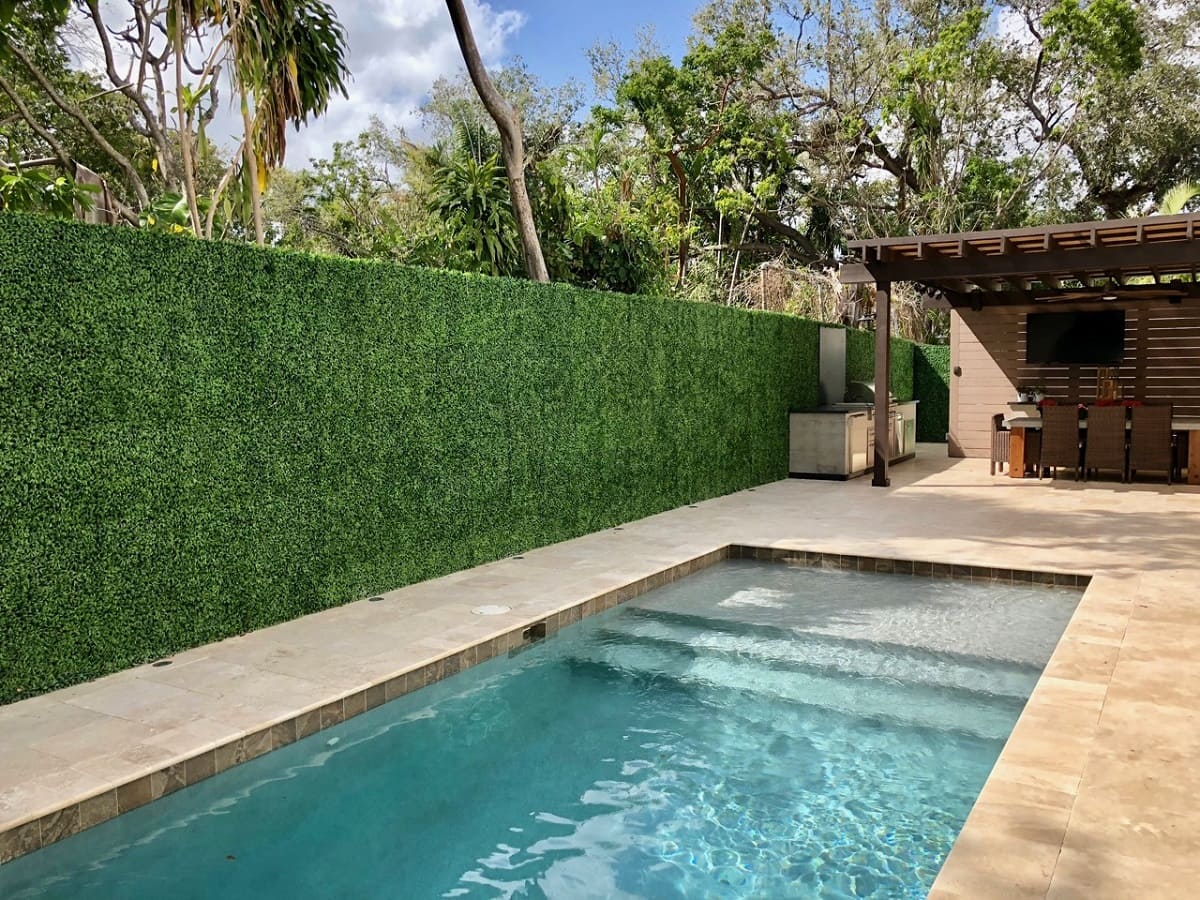

Garden Essentials
How To Make A Fake Grass Wall
Modified: March 7, 2024
Learn how to create a stunning garden feature with a fake grass wall. Enhance your outdoor space with this easy DIY project.
(Many of the links in this article redirect to a specific reviewed product. Your purchase of these products through affiliate links helps to generate commission for Storables.com, at no extra cost. Learn more)
Introduction
Welcome to the world of artificial greenery! Whether you’re looking to spruce up your home, office, or event space, a fake grass wall can be a stunning and low-maintenance solution. Creating a faux grass wall allows you to bring the beauty of the outdoors indoors, without the hassle of natural grass maintenance. In this article, we will guide you through the step-by-step process of making your very own fake grass wall.
A fake grass wall can serve various purposes. It can be used as a decorative backdrop for events and parties, as a unique feature wall in your living room, or even as a green accent in your garden. The artificial grass used in these walls is designed to mimic the appearance and feel of real grass. It requires minimal upkeep, making it an ideal choice for those who want to add greenery to their space without the hassle of watering, mowing, or pest control.
Creating a fake grass wall is a fun and creative project that can be completed within a few hours, depending on the size of the wall. To get started, let’s gather the materials you’ll need.
Key Takeaways:
- Creating a fake grass wall is a fun and easy way to bring the beauty of nature indoors without the hassle of maintenance. With the right materials and steps, you can transform any space into a lush green oasis.
- Maintaining a fake grass wall is simple and requires regular cleaning and care. By following a few maintenance tips, you can ensure your grass wall stays vibrant and beautiful for years to come.
Read more: How To Make Fake Grass
Materials Needed
Before you embark on your fake grass wall project, it’s important to gather all the necessary materials. Here’s a list of what you’ll need:
- Artificial grass panels: Measure the dimensions of your wall and purchase enough grass panels to cover the area. The panels should be of good quality and have a realistic appearance.
- Adhesive: You’ll need a strong adhesive that is suitable for both indoor and outdoor use. Look for an adhesive that is specifically designed for use with artificial grass.
- Tape measure: This will help you accurately measure the dimensions of your wall and grass panels.
- Utility knife: A sharp utility knife will be useful for cutting the grass panels to fit your wall.
- Staple gun or nails: Depending on the surface of your wall, you’ll need either a staple gun or nails to secure the grass panels in place.
- Drill: A drill will be necessary if you need to install any additional support or brackets for your grass wall.
- Decorative elements: Consider adding decorative elements such as flowers, leaves, or vines to enhance the visual appeal of your fake grass wall.
Once you have all the materials ready, you’re all set to move on to the next step of preparing the base for your fake grass wall. Let’s get started!
Step 1: Choosing the Base
Choosing the right base for your fake grass wall is crucial for ensuring stability and longevity. The base will serve as the foundation for attaching the grass panels, so it’s important to select a surface that is sturdy and suitable for outdoor or indoor use. Here are a few options to consider:
- Wooden frame: If you’re creating a temporary grass wall or intend to move it around, a wooden frame can be a great option. Use pressure-treated wood or plywood to construct a frame that matches the dimensions of your wall. Make sure to reinforce the frame with additional support beams if needed.
- Masonry or concrete wall: If you have a solid masonry or concrete wall, you can attach the grass panels directly to it. Clean the wall thoroughly before proceeding. You may need to install additional support brackets or use construction adhesive in areas where the panels don’t align perfectly with the wall.
- Fencing or mesh: Another option is to use a pre-existing fence or mesh as the base for your grass wall. Attach the grass panels to the fencing or mesh using zip ties or metal wire. This method allows for better air circulation and can be a good choice for outdoor installations.
Consider the location and purpose of your fake grass wall when choosing the base. If it will be exposed to the elements, ensure that the base material is weather-resistant. Additionally, consider the weight of the grass panels and the overall stability of the base you choose. If you’re unsure about the suitability of the base, consult a professional or seek advice from your local home improvement store.
Now that you’ve chosen the base for your grass wall, it’s time to move on to the next step: preparing the base. Stay tuned!
Step 2: Preparing the Base
Now that you have chosen the appropriate base for your fake grass wall, it’s important to properly prepare it before attaching the grass panels. This step will ensure a smooth installation and will help to maximize the lifespan of your grass wall. Follow these steps to prepare the base:
- Clean the base: Regardless of the type of base you have chosen, it should be clean and free from dirt, dust, and debris. Use a broom or a brush to remove any loose particles from the surface.
- Repair any damage: Inspect the base for any cracks, holes, or other damage. Fill any gaps in concrete or masonry walls with an appropriate filler or patching compound. If you’re using a wooden frame, check for loose or damaged boards and replace them as needed.
- Paint or seal (optional): Depending on the aesthetics you’re aiming for, you may choose to paint or seal the base before attaching the grass panels. This step is especially important if you’re using a wooden frame. Use an exterior-grade paint or sealant that is suitable for the material of your base.
By cleaning and repairing the base, you ensure a solid foundation for your grass wall. Removing any dirt or damage will help the adhesive bond better and prevent any future issues. Moreover, painting or sealing the base can add an extra layer of protection against moisture or weather elements, especially for outdoor installations.
Once you have prepared the base, it’s time to move on to the exciting part: attaching the grass panels. In the next step, we will guide you through the process of securely attaching the panels to your base. Keep reading!
Step 3: Attaching the Grass Panels
Now that you have prepared the base, it’s time to start attaching the grass panels to create your fake grass wall. Follow these steps to ensure a secure and visually appealing installation:
- Measure and cut the grass panels: Measure the dimensions of your base and use a tape measure to cut the grass panels to fit. Use a sharp utility knife to make clean cuts along the edges. Take your time during this step to ensure accurate measurements.
- Apply adhesive: Apply a generous amount of adhesive to the back of the first grass panel. Spread the adhesive evenly, making sure to cover the entire surface. Use a paintbrush or a trowel to ensure an even application.
- Press the grass panel onto the base: Carefully align the grass panel with the base, starting from one corner. Press the panel firmly against the base, ensuring a strong bond. Hold the panel in place for a few seconds to allow the adhesive to set.
- Repeat for the remaining grass panels: Apply adhesive to the back of each grass panel and press it firmly onto the base, making sure it aligns with the previous panel. Continue this process until you have covered the entire area. Trim any excess grass from the edges, if necessary.
It’s important to work diligently and systematically when attaching the grass panels. Ensure that each panel is securely adhered to the base, avoiding any gaps or loose areas. This will create a seamless and natural-looking grass wall.
Remember to follow the manufacturer’s instructions for the adhesive, as drying times and application methods may vary. It’s also a good idea to have someone assist you during this step, as the panels can be large and awkward to handle alone.
In the next step, we’ll explore how to further secure and enhance the appearance of your fake grass wall. Stay tuned!
When making a fake grass wall, use a sturdy backing material like plywood or foam board to attach the artificial grass. Make sure to secure the grass tightly to the backing to avoid any sagging or gaps.
Read more: How To Attach Fake Grass To A Wall
Step 4: Securing the Grass Panels
After attaching the grass panels to your base, it’s important to further secure them to ensure long-lasting stability. Follow these steps to properly secure the grass panels:
- Use a staple gun or nails: Depending on the type of base you have and the thickness of the grass panels, you may need to use a staple gun or nails to reinforce the attachment. This step is especially important for outdoor installations or areas exposed to wind or heavy traffic. Carefully staple or nail the edges of the panels to the base, ensuring a secure connection.
- Drill and install support brackets (if needed): If you’re using a wooden frame as the base, it may be necessary to install additional support brackets along the top and bottom edges of the grass panels. Use a drill to attach the brackets securely to the frame, providing extra stability.
- Inspect and adjust: Once all the panels are attached, take a step back and inspect the grass wall. Look for any loose or uneven sections and make necessary adjustments. Ensure that all the panels are securely fastened to the base, and press any loose areas firmly against the adhesive.
By taking the time to secure the grass panels, you’ll minimize the risk of them detaching or shifting over time. This step is crucial, especially for outdoor installations or areas with high foot traffic. It’s worth noting that the specific securing method may vary depending on the base material and the type of grass panels you’re using, so adapt accordingly.
With your grass panels securely fastened, it’s time to move on to step five: filling in the gaps to create a cohesive and lush-looking grass wall. Keep reading to learn more!
Step 5: Filling in the Gaps
Now that you have securely attached the grass panels to your base, it’s time to fill in any gaps between the panels to create a seamless and cohesive grass wall. Follow these steps to ensure a natural-looking final result:
- Trim excess grass: Start by carefully trimming any excess grass along the edges of the panels. Use a sharp utility knife or scissors to create clean and even edges.
- Layer the seams: To hide the visible seams between the grass panels, overlap the edges slightly. This will create a more natural transition and help to conceal any gaps.
- Add extra grass strands: If you notice any noticeable gaps between the panels, you can carefully add extra strands of artificial grass to fill them in. Cut the strands to the desired length and insert them into the gaps, using adhesive if needed.
- Fluff and blend: Once the gaps are filled, fluff up the grass with your hands or a brush to blend the panels together. This will help create a uniform and cohesive appearance, giving the illusion of a continuous grass surface.
Take your time during this step and pay attention to detail. The goal is to create a seamless and lush-looking grass wall, where the individual panels blend together harmoniously. By trimming excess grass, layering the seams, and adding extra strands where necessary, you’ll achieve a more natural and visually appealing result.
Now that your grass wall is taking shape, it’s time to move on to step six: adding decorative elements to enhance its visual appeal. Let’s dive into the exciting world of creativity and design!
Step 6: Adding Decorative Elements
With your fake grass wall almost complete, it’s time to let your creativity shine by adding decorative elements that will enhance its visual appeal. Here are some ideas to consider:
- Floral accents: Incorporate artificial flowers or plants into your grass wall to add a pop of color and a touch of nature. Choose flowers that complement the green tones of the grass and arrange them strategically throughout the wall.
- Hanging decorations: Consider suspending decorative elements from the top of your grass wall. This could include fairy lights, hanging planters, or ornaments. These additions will create depth and visual interest, making your wall even more captivating.
- Vines and foliage: Intertwine artificial vines and foliage into the grass panels to create a more textured and lush look. This will give the illusion of a vine-covered wall and add a touch of whimsy to your space.
- Artwork or signage: If you’re using your grass wall as a backdrop for events or parties, consider adding artwork or signage to personalize the space. This could be a custom sign, a monogram, or even a temporary decal that enhances the overall theme.
- Custom designs: Get creative and experiment with patterns or designs using different shades of artificial grass. You can create a checkerboard pattern, stripes, or even a mosaic design for a unique and eye-catching effect.
Remember to balance the decorative elements with the overall style and purpose of your grass wall. You want the additions to enhance the natural beauty of the grass panels without overwhelming the space. Don’t be afraid to try different combinations and arrangements until you achieve the desired look.
Now that your grass wall is adorned with decorative elements, it’s time to learn how to properly maintain and care for it. Read on to discover essential maintenance tips for your fake grass wall!
Step 7: Maintenance Tips
Proper maintenance is essential to keep your fake grass wall looking fresh and vibrant over time. While artificial grass requires less upkeep than its natural counterpart, it still requires some attention. Follow these maintenance tips to ensure your grass wall stays in pristine condition:
- Regular cleaning: Remove any debris, leaves, or dirt from the grass panels on a regular basis. Use a broom or a leaf blower to gently sweep away any loose particles. This will prevent the buildup of dirt and maintain the aesthetics of your wall.
- Spot cleaning: If you notice any stains or spills on the grass panels, clean them immediately. Use a mild detergent mixed with water and a soft brush to gently scrub the affected area. Rinse thoroughly with water to remove any detergent residue.
- Brushing the grass fibers: Over time, the grass fibers may become flattened or matted. To restore the upright and lush appearance of the grass, gently brush the fibers with a stiff brush or a broom. This will also help to distribute any infill material evenly, if applicable.
- Inspect for damage: Regularly inspect your grass wall for any signs of damage, such as tears, fraying, or loose edges. Repair any issues promptly to prevent further damage. If necessary, consult the manufacturer or a professional for repair advice.
- Protect from excessive heat: Artificial grass can become hot when exposed to direct sunlight and high temperatures. To prevent potential damage, avoid placing heat-generating objects directly on the grass panels and consider providing shade or using an umbrella in areas with intense sunlight.
By following these maintenance tips, you can ensure the longevity and beauty of your fake grass wall. Creating a regular cleaning routine and promptly addressing any issues will help keep your wall looking fresh and vibrant for years to come.
Congratulations! You have successfully completed all the steps to create and maintain a stunning fake grass wall. Enjoy the beauty of your green oasis, whether it’s in your home, office, or event space. Embrace the low-maintenance nature of artificial grass and bask in the visual impact it brings to your surroundings.
Remember, creativity has no bounds, so feel free to explore and make your grass wall truly unique. Happy decorating!
Read more: How To Make Fake Rocks For Landscaping
Conclusion
Creating a fake grass wall is a fantastic way to add a touch of nature and beauty to any space, whether it’s indoors or outdoors. With its low-maintenance requirements and realistic appearance, artificial grass offers a convenient and durable alternative to natural grass. By following the step-by-step process outlined in this article, you can easily transform a plain wall into a lush and vibrant focal point.
Throughout the journey of making your fake grass wall, you learned about the importance of choosing the right base and properly preparing it for installation. You discovered how to attach the grass panels securely, fill in gaps for a seamless look, and add decorative elements to enhance the visual appeal. Additionally, you gained valuable insights into maintaining and caring for your grass wall to ensure its longevity.
Remember, your creativity plays a significant role in customizing your fake grass wall. You can explore various decorative elements, patterns, and designs to suit your personal style and complement your space. The possibilities are endless, and the only limits are your imagination.
Sit back and admire your creation—an oasis of green that brings a sense of tranquility and visual interest to your home, office, or event space. Enjoy the benefits of having a stunning green backdrop without the hassle of watering, mowing, or maintaining natural grass.
Thank you for joining us on this journey of creating a fake grass wall. We hope this article inspired you to embark on your own creative project and brought the joy of greenery into your life. Now, go ahead and enjoy your beautiful and low-maintenance grass wall!
Frequently Asked Questions about How To Make A Fake Grass Wall
Was this page helpful?
At Storables.com, we guarantee accurate and reliable information. Our content, validated by Expert Board Contributors, is crafted following stringent Editorial Policies. We're committed to providing you with well-researched, expert-backed insights for all your informational needs.
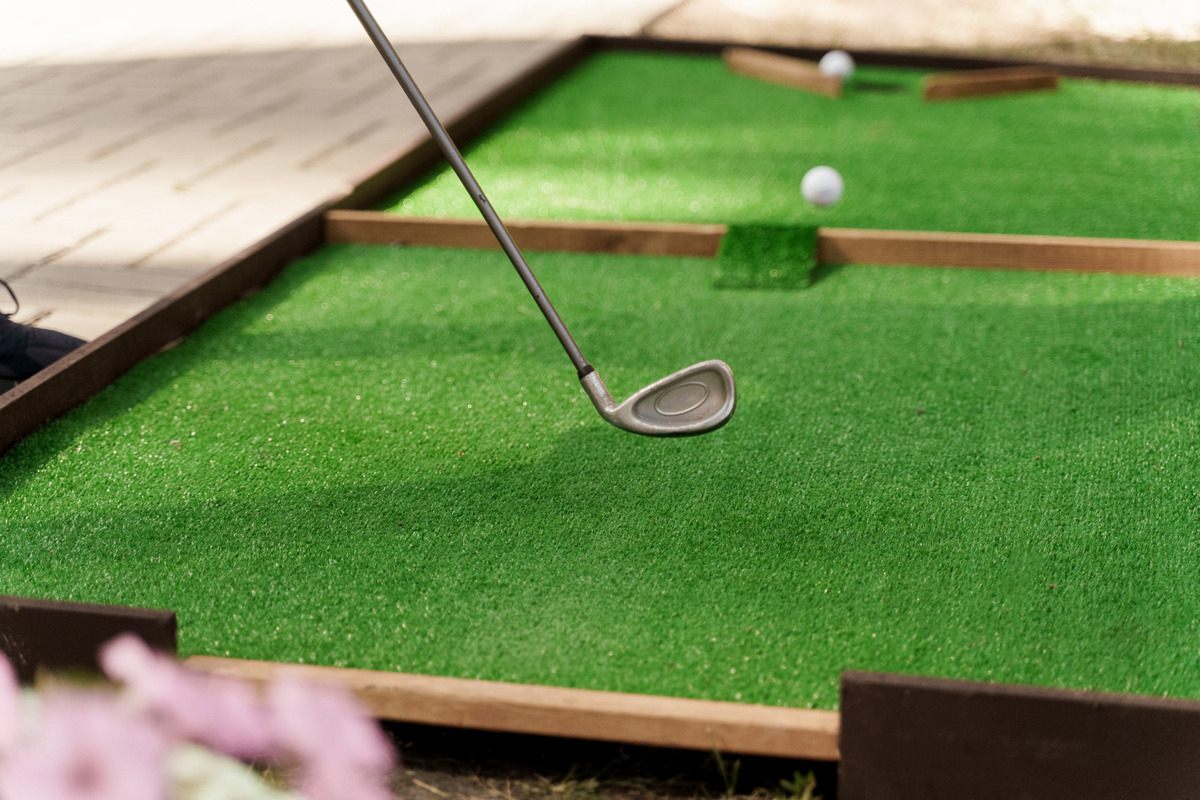
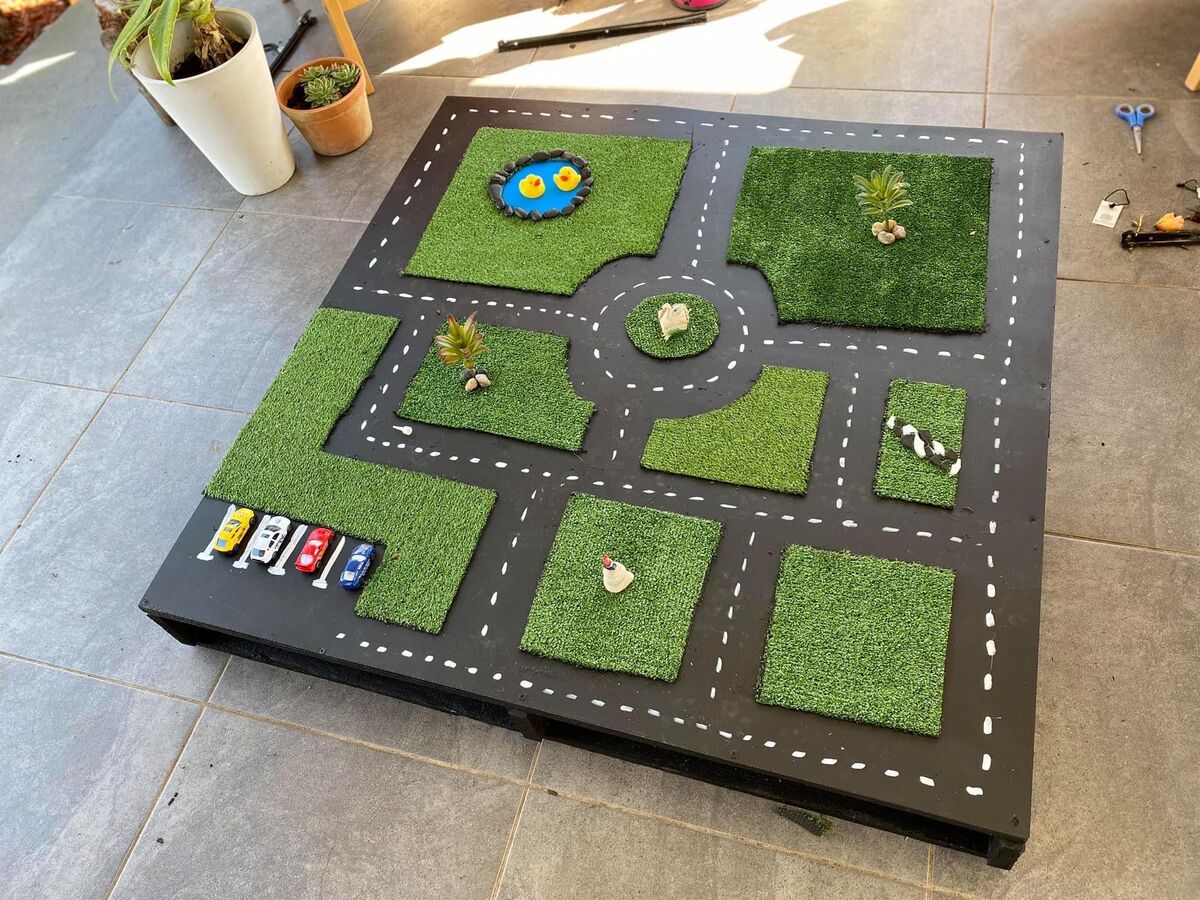
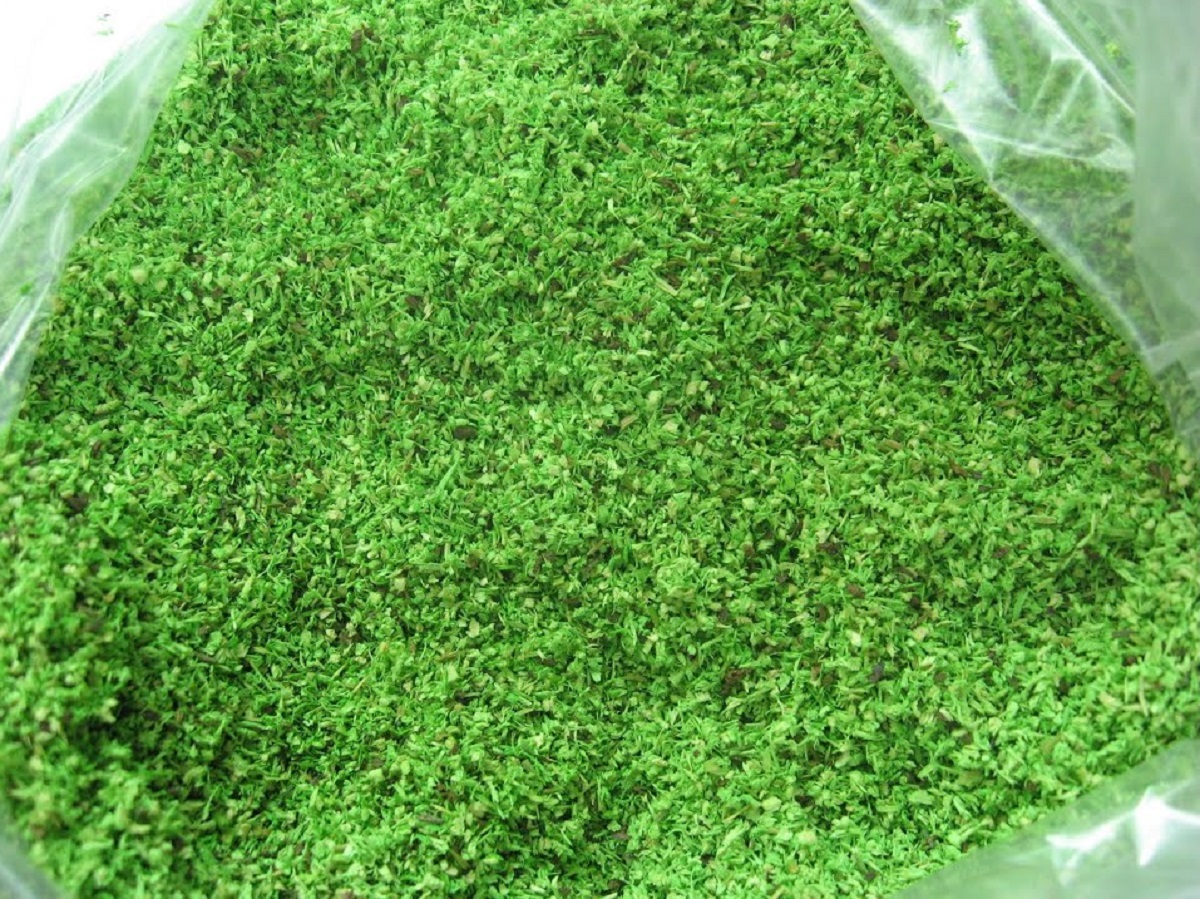
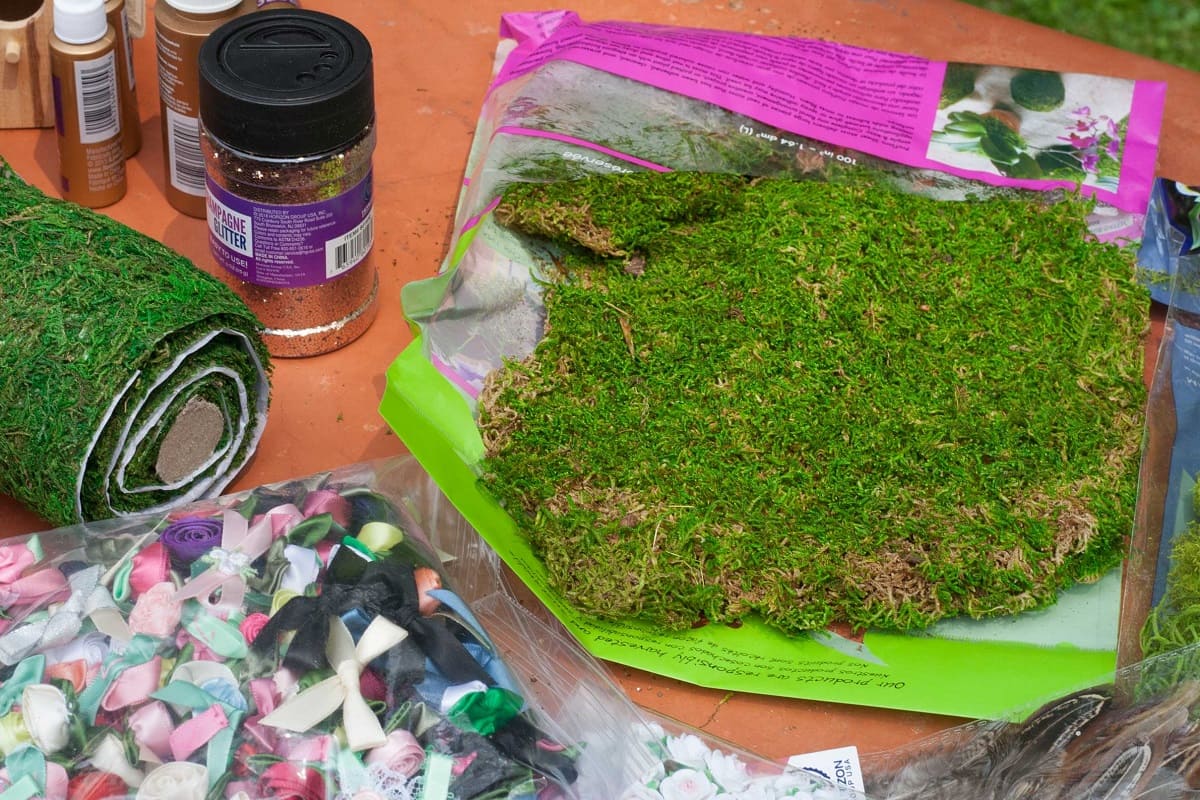
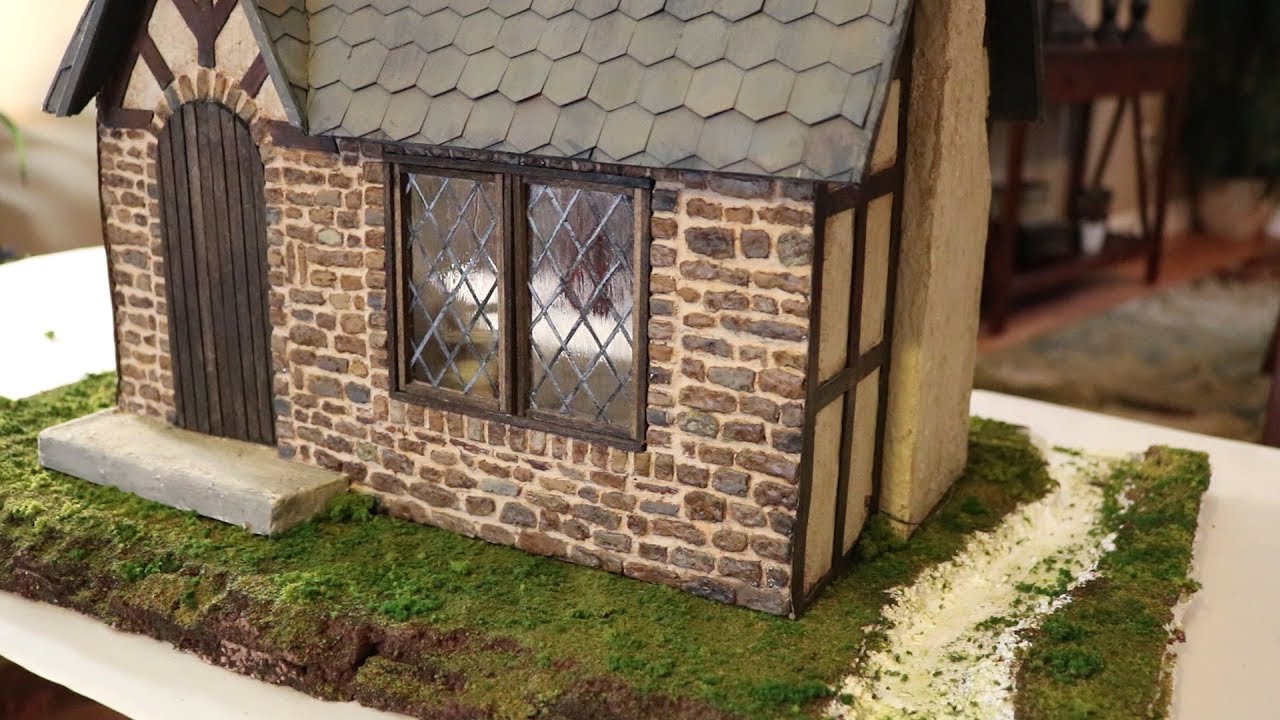
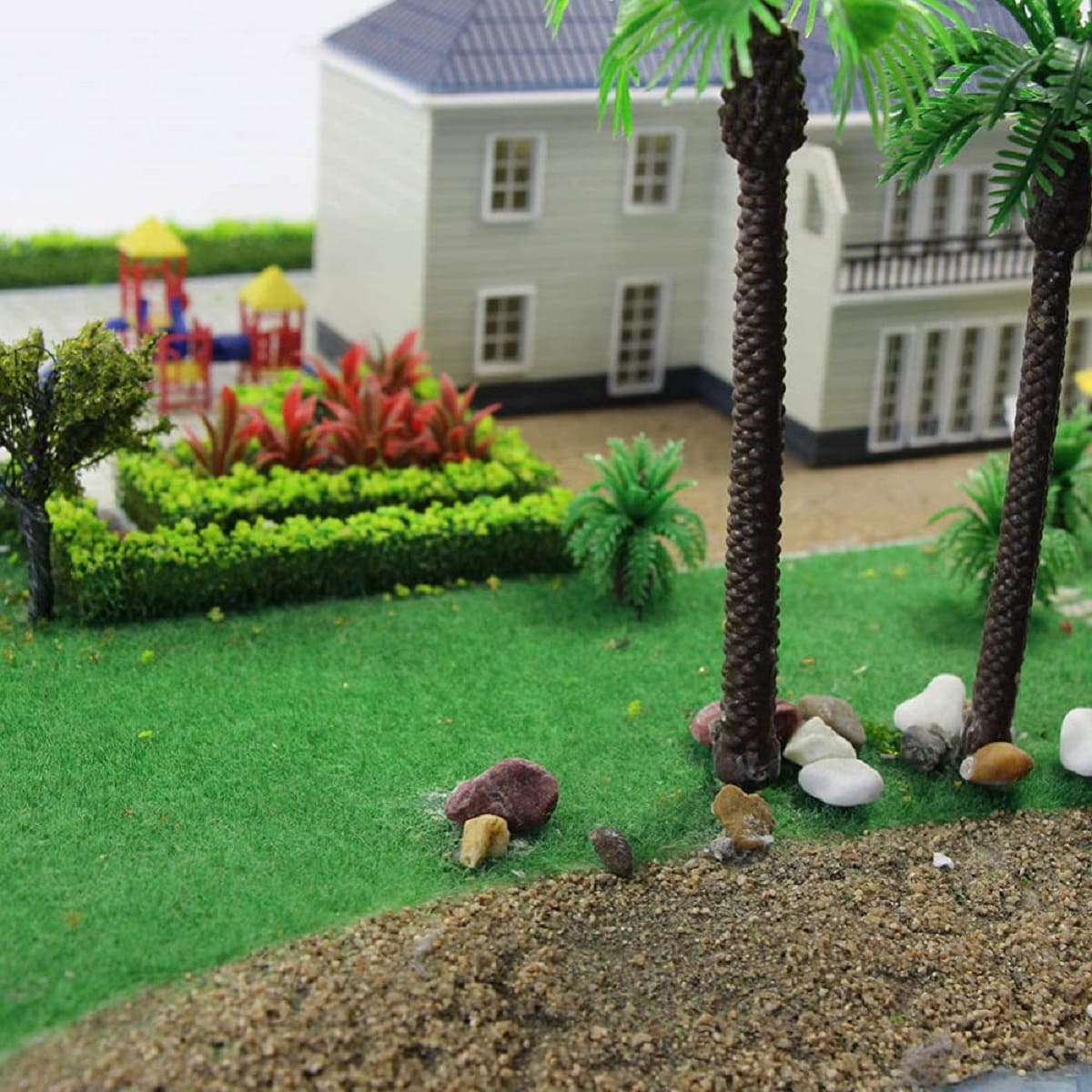
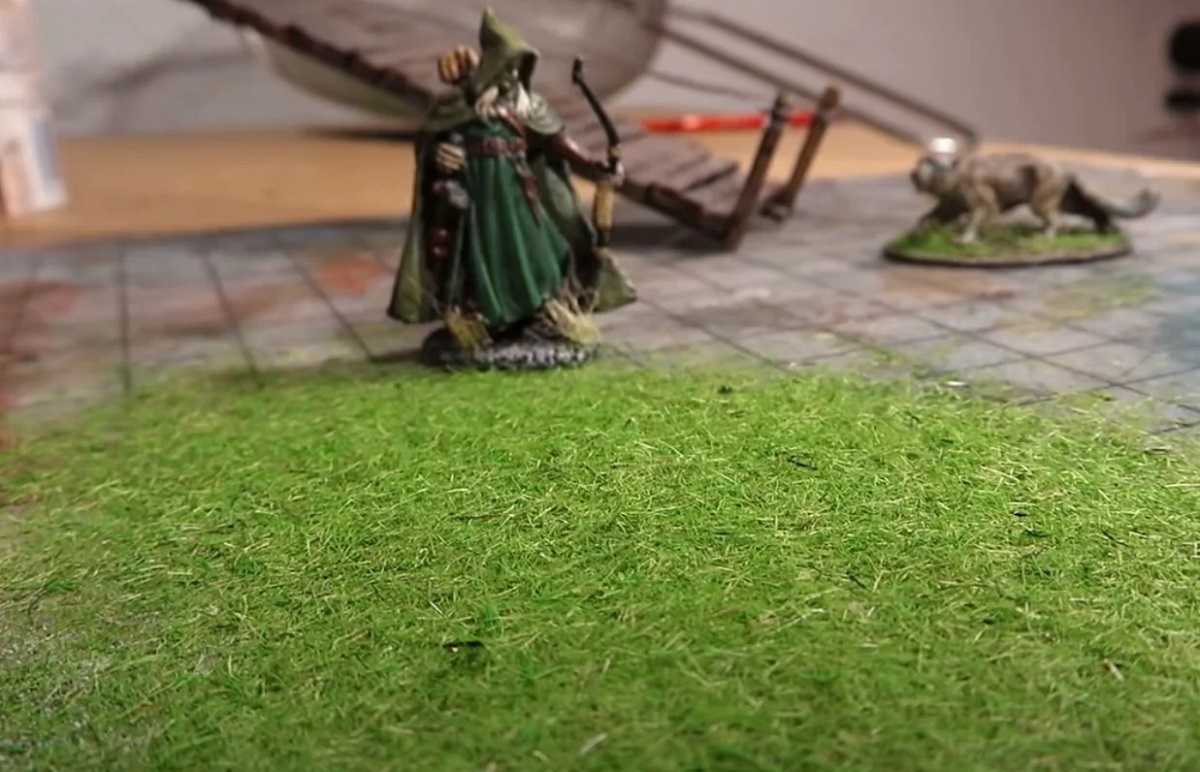
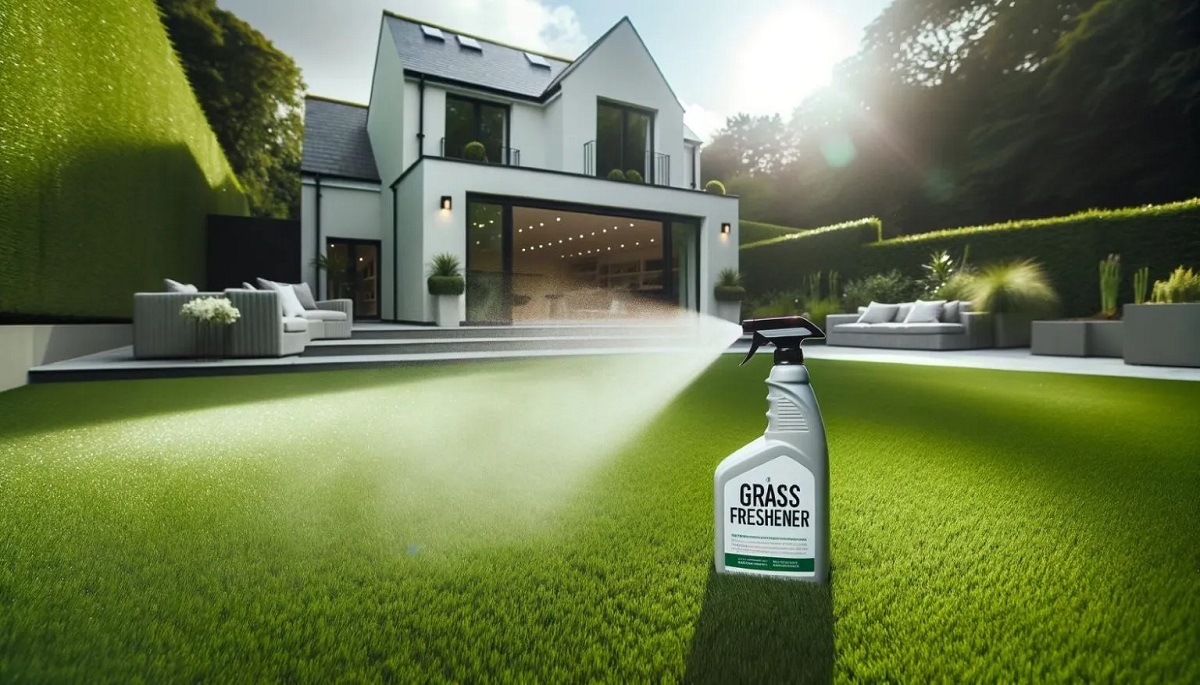
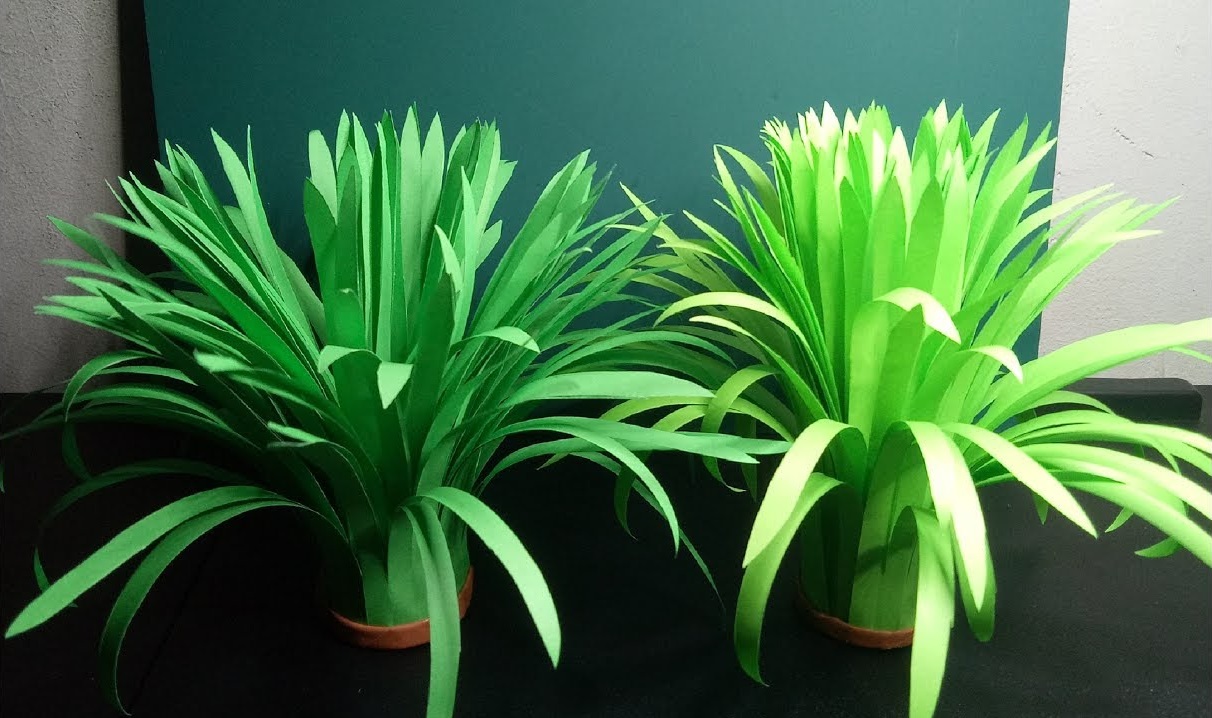
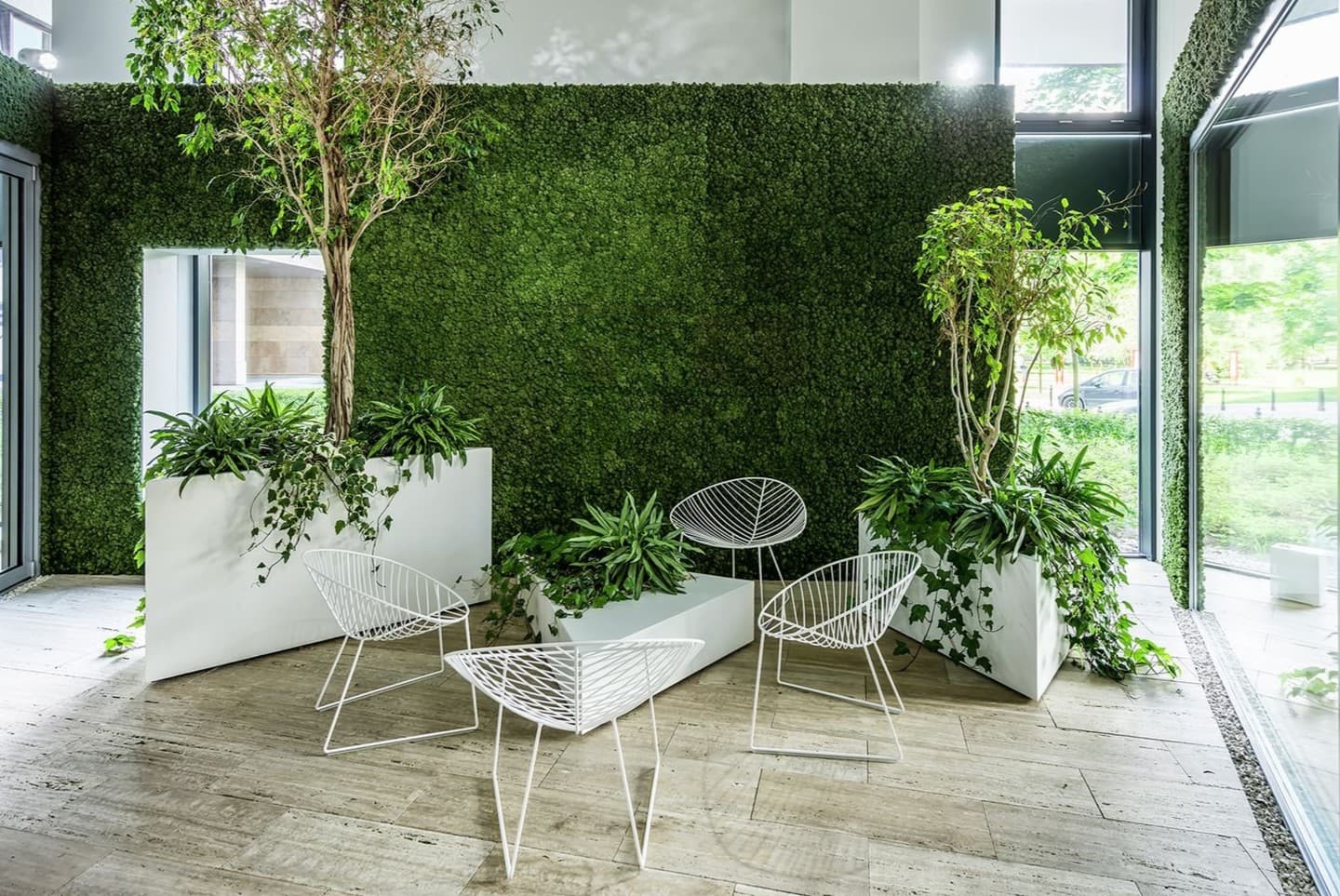
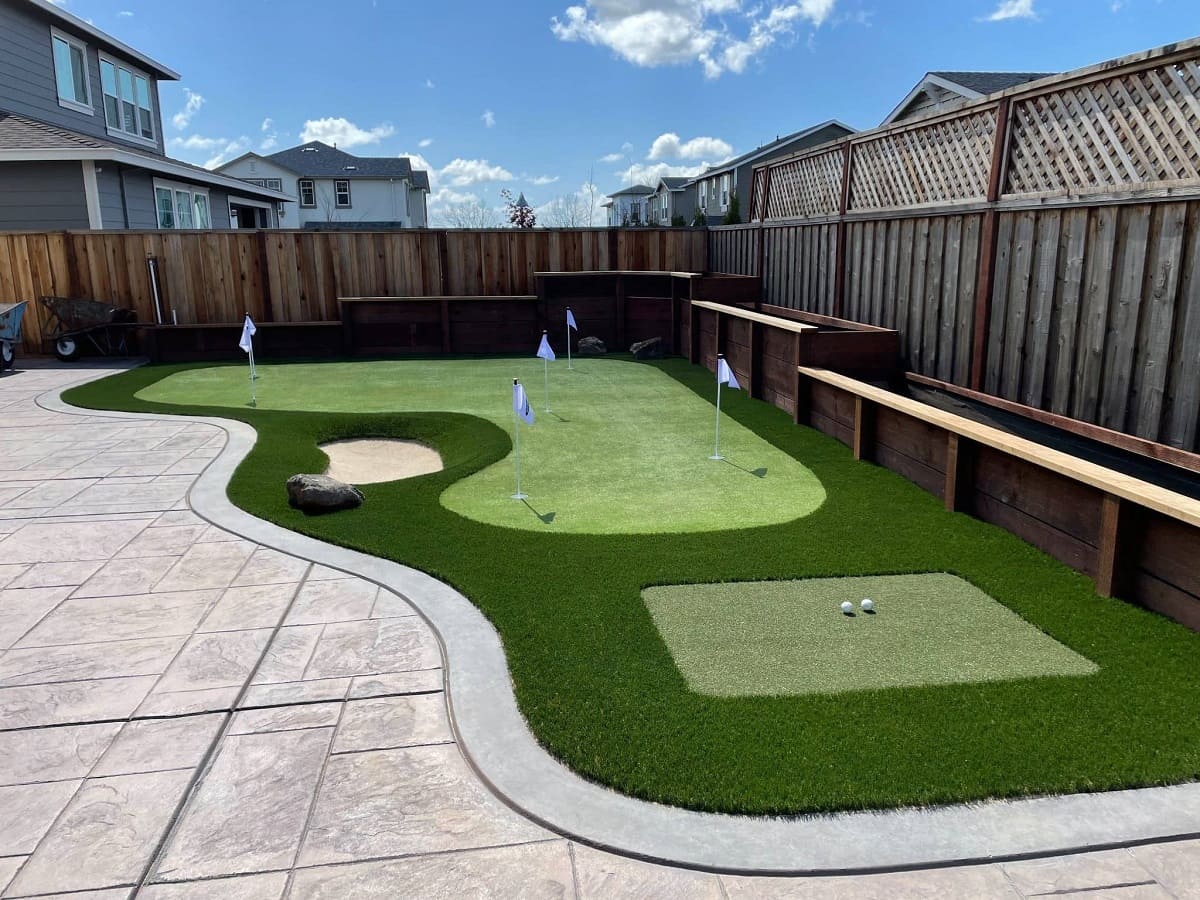
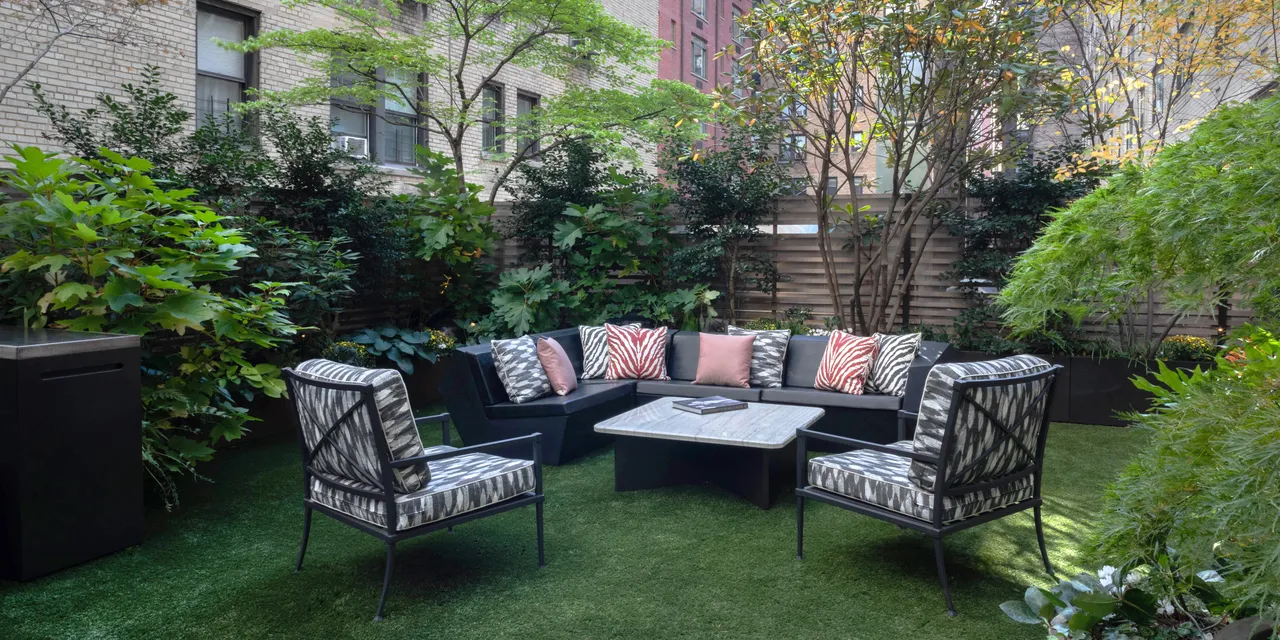
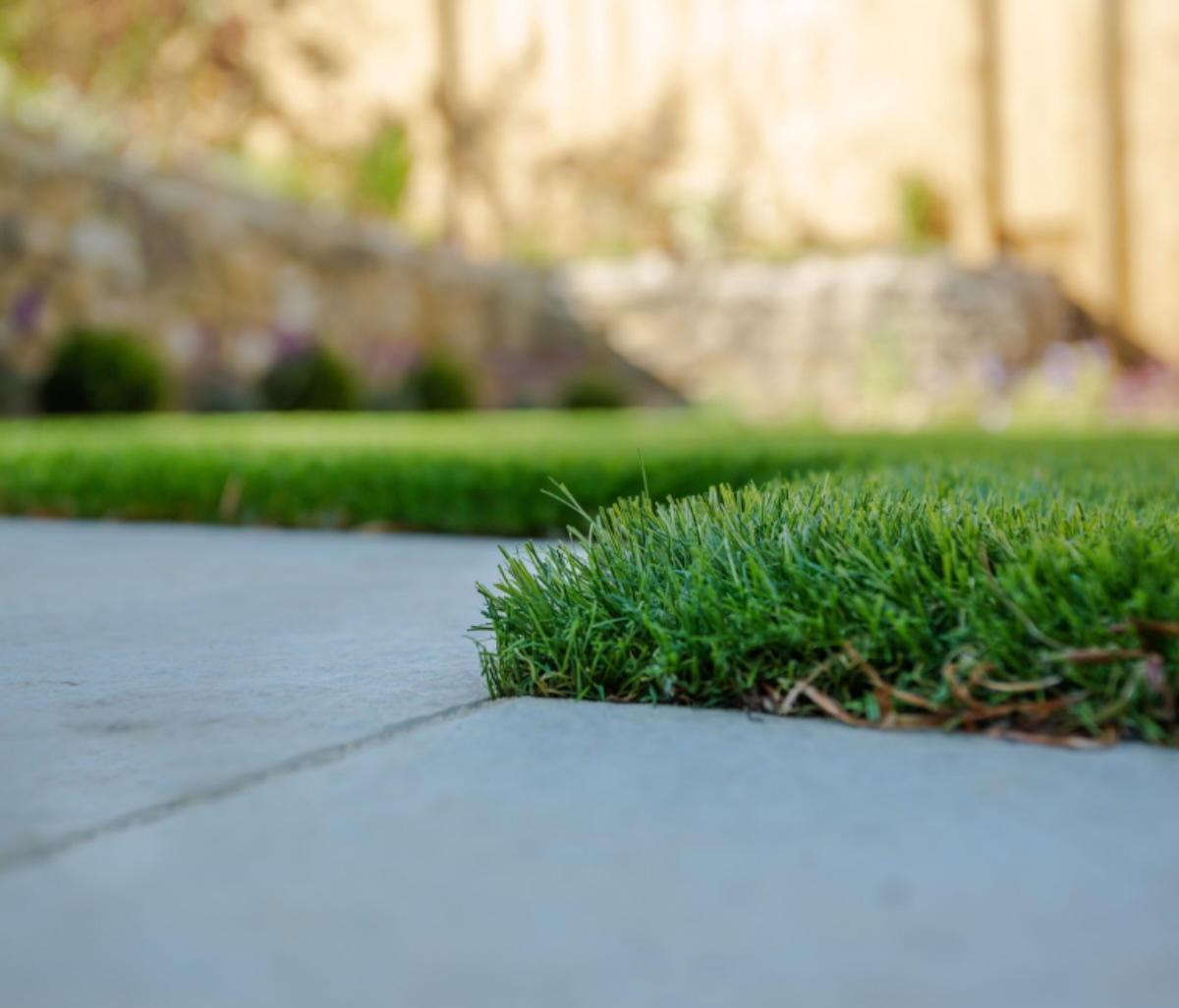

0 thoughts on “How To Make A Fake Grass Wall”